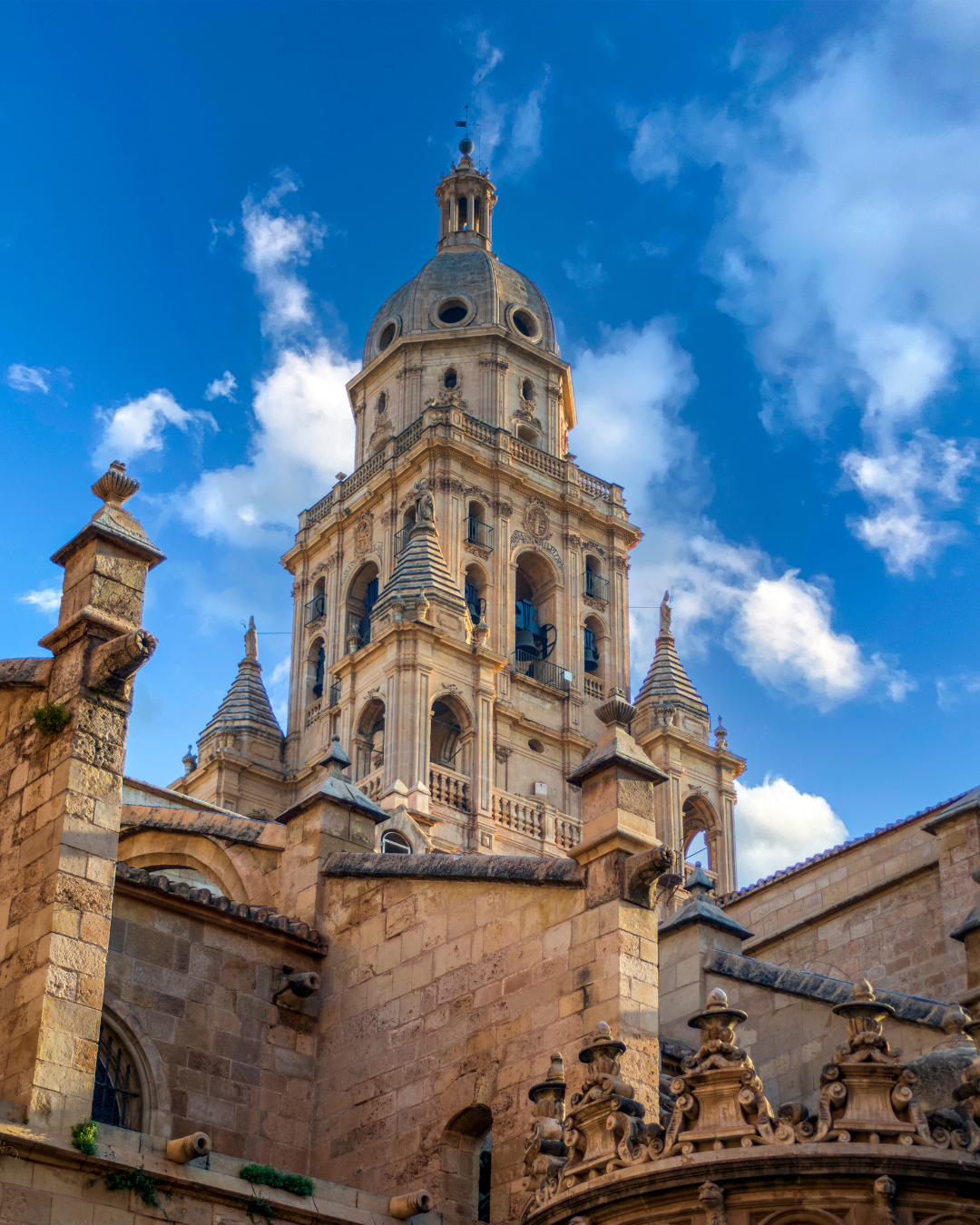
Heritage and Culture of Murcia: Monuments, Museums, and Traditions
Share
Murcia is a region steeped in history, with a rich cultural heritage reflected in its monuments, museums, and festivals. The city of Murcia, the capital of the region, is home to a fascinating mix of architectural styles, from medieval churches to Baroque buildings. The Cathedral of Murcia, an iconic landmark, is a stunning example of Baroque architecture, with its ornate façade and beautiful interior. It is one of the most significant religious buildings in Spain and represents the deep historical ties between the region and Catholicism.
Murcia also boasts a range of museums that highlight its artistic and cultural legacy. The Museo Salzillo, dedicated to the work of the famous Baroque sculptor Francisco Salzillo, is a must-visit for art enthusiasts. The museum houses some of Salzillo’s finest works, including his famous Pasos (sculptures used in religious processions), which are still used in the region’s Holy Week celebrations. Another notable museum is the Museo de la Ciudad, which offers a comprehensive look at the history and evolution of Murcia through its archaeological and historical collections.
In addition to its monuments and museums, Murcia is known for its vibrant traditions and festivals. The Semana Santa (Holy Week) celebrations in Murcia are particularly famous, with elaborate processions taking place throughout the city. These processions are a blend of religious devotion and artistic expression, with ornate floats, traditional music, and participants dressed in traditional robes. The Bando de la Huerta, held during the Fiestas de Primavera, is another major celebration in Murcia, where locals dress in traditional outfits, enjoy parades, and participate in lively street parties that celebrate the region’s agricultural heritage.
